Perhaps you’ve heard it before. You think that you and your horse have done well, but you leave the show ring ribbonless. When you finally get up the courage to ask why, the judge states, “Your horse really isn’t suitable for the class.”
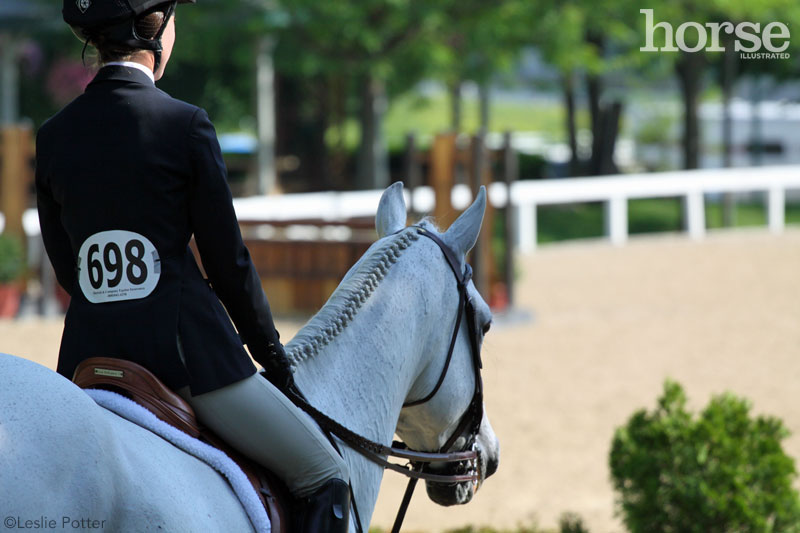
There are two main aspects of suitability when it comes to judging criteria. First, the judge is looking for the horse that embodies the ideal horse for that particular class. For example, the ideal hunter would be a horse that maintains a steady pace and jumps safely. It would also have a certain physical appearance that’s appropriate for a horse that must gallop cross-country and jump obstacles in its path. That generally equates to a Thoroughbred-type horse with a long, low stride and leggy, athletic conformation. In contrast, a muscular horse with a short, choppy stride would be uncomfortable for a long trip across the hunting field. It also might struggle to jump stone walls and thorny hedges.
The same concept is true for western pleasure classes. Though judging guidelines are available online and through breed and competitive associations, exhibitors are often disappointed when their horse doesn’t place in a pleasure class. Even though their horse might not have committed a single error, it may still be lacking in suitability. A horse that displays what appears to be an uncomfortable lope or one that embodies undesirable conformation may be deemed “unsuitable” when compared to the judge’s concept of the ideal western pleasure mount.
A second aspect of suitability is that the horse should match its rider. A high-strung horse that drags its rider to the jumps is not a suitable teammate for a young or amateur rider. Riders in those divisions are more suitably mounted on a horse with a laidback temperament that seems to take care of its rider. Adult amateur riders in the non-pro western divisions are also expected to be aboard horses specifically selected for their steady temperaments and reliability. The more expressive, keener horses are destined to be professional mounts.
Size also comes into importance when discussing suitability. Petite women often struggle to manage a huge Thoroughbred or warmblood as it cruises around a hunter course. A more suitable horse, providing its stride is long enough to make the prescribed number of counts in a line, is a smaller, more refined horse that complements the rider’s physical build. At the opposite extreme is the horse, or more often the pony, that is too small for its rider.
“I actually think it borders on abuse,” comments USEF judge Regina Antonioli. “When I see a kid who has obviously outgrown her pony, yet still continues to compete, I really give them a low score. It’s one thing if the pony has misbehaved in a previous round, or if it needs a quick tune-up by a better rider. Then I can understand a larger rider hopping on in a pinch to school the pony. But to actually come in and compete class after class for a ribbon is not acceptable.”
See how much suitability matters? It really isn’t prejudice; it’s more a case of the judge looking for the most ideal match for the competition and for the rider.
Liked this article? Here’s more advice for successful showing:
Show Survival Tips
Show Where You’ll Shine
Horse Show Nerves

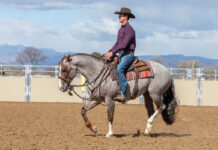
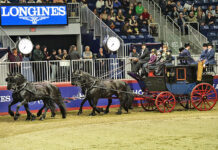
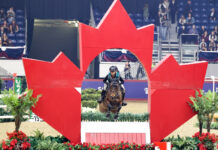
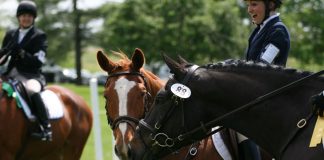

Thanks for a really informative article!
cool
thank you for all of this great information.
I don’t think judges should be able to mark you down for being smaller with a big horse. I’m only 5’3 and petite, and happen to have a very difficult to ride 17.3hh thoroughbred, but we work together very well because of how much we’ve worked. Other then that this was very informative and a great article.
great article
Well, I think that judges should concentrate on wether or not the horse and rider get the job done or not. If their ‘un-suitability’ is really an issue, it will prevent them from performing well. There is no need to place someone out of the ribbons because their horse is the wrong size, for example, if they performed well.
This was a very informative article, and I appreciate all of the insight it gave. However, I must say that I don’t completly agree with it. My horse is a big horse because it’s hard to keep her weight down. According to this article, a judge would score her low in a jumping class due to this. But my horse is a great jumper. She really enjoys it and we have come a long way together in the jumping ring. When she is looking her best, she has a hunter’s conformation, but that is not often. I just think judges should look more at the performance than the appearance.
cool
I also think that judges should pay more attention to the horse & rider’s performance rather than appearence. ‘Cause it just seems like predjudice any other way, even if the judges say it isn’t. And some people just can’t afford to buy a horse that the judge will think is “suitable” & are probably attached to the horse they already have.
I agree w/ K, New London and the others. A lot of riders are anything but rich, so we buy horses that suit US. My horse is pretty much all around, so he can ride English or Western, trail class or barrel racing. I don’t think it would be fair if a less “suitable” horse did perfect, but didn’t get a ribbon because another horse was more “suitable”.
U can’t fix a horse’s conformation. Anyways, the article was good.
I have to disagree with this article. I ride a BLM Mustang. She’s 14.3 if she stands up really tall and might weigh in around 900 lbs. I show her in Western performance classes where a QH or other stock breed would definitely rule and she wins. She wins because she does the best job and isn’t that the objective of the judges—to pin the horse that does the best job? Too many judges have “breed prejudices” and it shows in their work. How many of you have an Appaloosa(a real one with spots), a Pinto or some other horse with a lot of chrome and a lot of talent that won’t get pinned because the judge believes the “proper” horse for the job should have little or no white? It happened to me when I tried to use my very talented Appaloosa mare in hunter classes—we consistently did at least a job that should put us in the ribbons yet we were excused because my mare wasn’t the “right” color or the “right” breed.
I have a 5 year old quarter horse mare that I bought when she was a weanling. She is my first horse and I have trained her myself and broke her to ride. Yet, this matters little to the judges of course. It’s very frustrating to see riders who only do so well because they are riding a horse that is so dead broke, a person who has never ridden before could get a blue ribbon in the class. Even more frustrating is the fact that at every show I go to, audience members and fellow exhibitors compliment me on my horse, my riding, etc., but the judges have a completely different view. My worst experience was in a trail class where my horse and I made only one small error, while another rider’s horse spooked and reared in the middle of the course; I was given last place while the misbehaving horse was several places above me.
I think that judges should be looking for a “natural” breed look. When has anyone seen a QH walking with its mule nearly touching the ground. Or gaited horses, walking with its knees nearly touching its chest. These are man made looks. Our 4-H group, is ask to ride bareback, or with just a halter on.